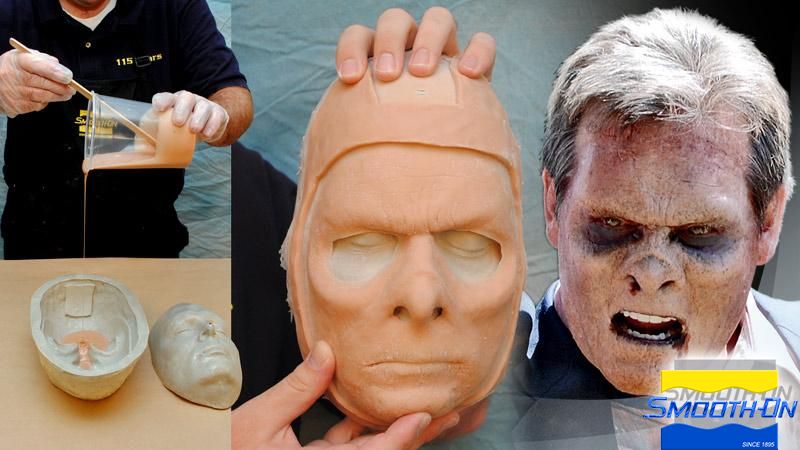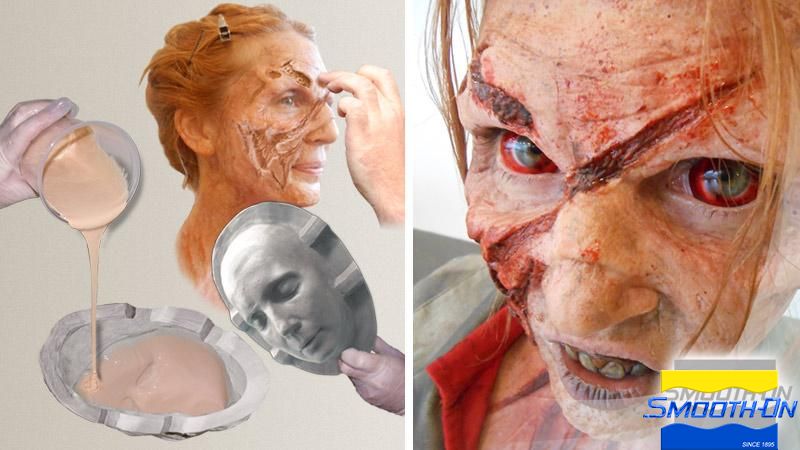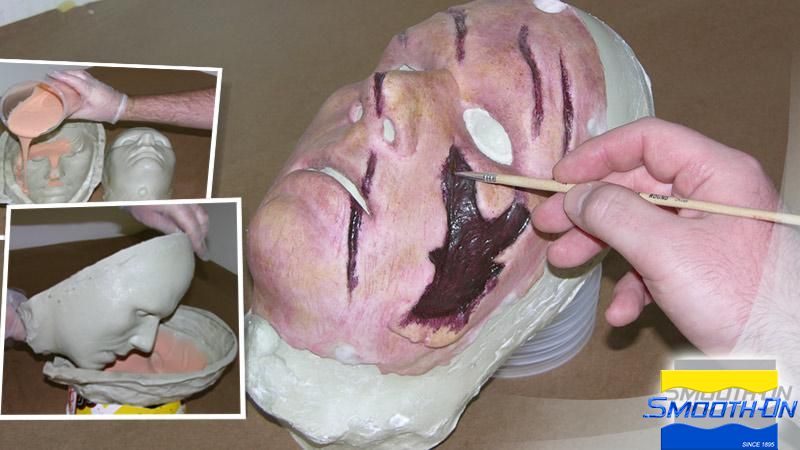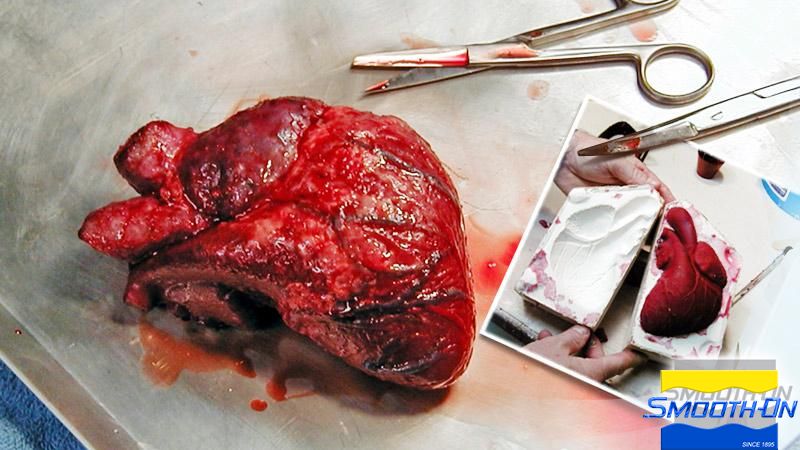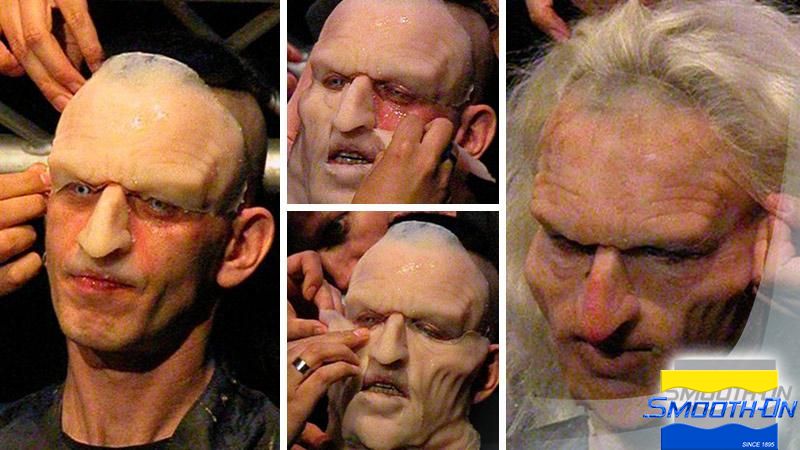Slacker®
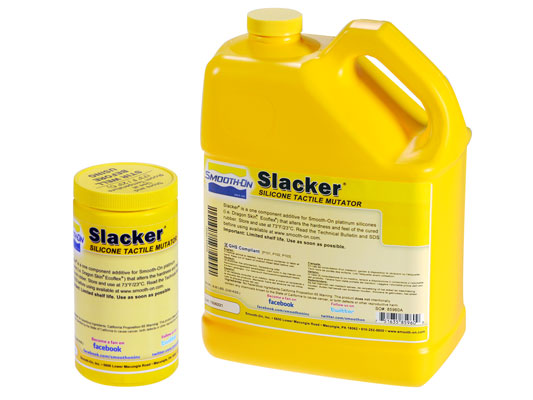
Slacker®可以使用户改变固化硅胶的粘合程度,从而制作自粘式硅胶器具。粘合量与Slacker®添加量成正比。用Slacker®制作的产品不会渗出硅油,消除了其他软化方法的常见问题。
Slacker®可以更大比例地添加到Smooth-On的超柔软和弹性铂金固化硅胶(例如,Dragon Skin® FXPro®)中,以制造可用于凝胶填充硅胶假肢用具的硅胶。凝胶填充的器具会收缩、弯曲、甚至像人肉一样起皱。Slacker®制作的硅凝胶也可用于制造医疗应用的缓冲材料(anaplastology)。使用Skin Tite®粘合剂暂时牢固地将硅胶装置粘附在皮肤上
说明
Measuring & Mixing...
Measuring Is Done By Volume Or Weight – Whether using an Ecoflex® product or a Dragon Skin® product, the proper mix ratio is 100 Parts A + 100 Part B + X Parts Slacker®. Everyone’s application and desired level of stickiness or “tack” will vary. The following chart should be used as a reference for you to achieve your own desired effect.
| 1 Part A + 1 Part B + 1 Part Slacker® Result - "Tacky" |
1 Part A + 1 Part B + 2 Part Slacker® Result - "Very Tacky" |
| 1 Part A + 1 Part B + 3 Part Slacker® Result - "Extremely Tacky / Gel-like" |
1 Part A + 1 Part B + 4 Part Slacker® Result - "Super Soft Tacky Silicone Gel" |
Example - 50 grams Dragon Skin® FX-Pro® part A + 50 grams Dragon Skin® FX-Pro® part B + 150 grams Slacker® (3 parts) will give you an “Extremely Tacky / Gel-like” result.
Adding Color - Silc Pig ® silicone pigments can be added and mixed thoroughly into the silicone rubber prior to adding Slacker® for matching a specific skin tone, etc.
Mixing – Ecoflex® or Dragon Skin® silicones with Slacker® added can be hand mixed. Aggressively hand mix for 3 minutes, making sure that you scrape the sides and bottom of your mixing container several times.
Release Agent - When using a platinum silicone mold, Ease Release® 200 should be used. If there is any question about the effectiveness of a release agent combination, a small scale test should be made on an identical surface for trial.
Pouring - For best results, pour your mixture in a single spot at the lowest point of the mold. Let the rubber seek its level in the mold. A uniform flow will help minimize entrapped air.
Using An Encapsulator – When creating a gel-filled appliance, use a platinum silicone as your membrane for best results. Dragon Skin® FX-Pro® works very well as a membrane for gel filled appliances.
Applying A Mold Release –Appliances appliances made with Slacker® can be cast into platinum silicone molds, urethane resin molds (Shell Shock®) or rigid gypsum molds. Ease Release® 200 can be used as a mold release. Another release option is to apply a soap solution (1 part unscented dish soap to 2 parts 99% isopropyl alcohol works well) with a clean brush over all mold surfaces. Allow release to dry for at least 30 minutes.
After the casting is fully cured, the mold release should be removed. Soap based release can be removed using warm water, Ease Release® 200 can be removed using isopropyl alcohol. Smooth-On’s Skin Tite® adhesive can be used to temporarily adhere the piece to the skin. Theatrical makeup can be used to further blend and color the piece. If using Skin Tite® as an adhesive, remove the piece slowly after use. You can use baby oil or makeup remover to assist in removal.
We recommend that you do a small scale test on the back of your hand to ensure that you have no allergic reaction to silicone. If you notice any type of skin reaction, do not use product.
Curing - The cure time of the silicone will be lengthened when Slacker® is added. As platinum-cure silicones are heat sensitive, curing can be accelerated by applying heat. Do not cure rubber where temperature is less than 65°F /18°C.
Cure Inhibition - Platinum-cure silicone rubber may be inhibited by certain contaminants in or on the pattern to be molded (such as sulfur based clays, polyesters, certain wood surfaces, epoxies, urethane rubber and tin-cured silicone rubber) resulting in tackiness at the mold interface or a total lack of cure throughout the piece. If compatibility between the rubber and the mold is a concern, a small-scale test is recommended. Apply a small amount of rubber onto a non-critical area of the mold. Inhibition has occurred if the rubber is uncured after the recommended cure time has passed.
Because no two applications are quite the same, a small test application to determine suitability for your project is recommended if performance of this material is in question.
